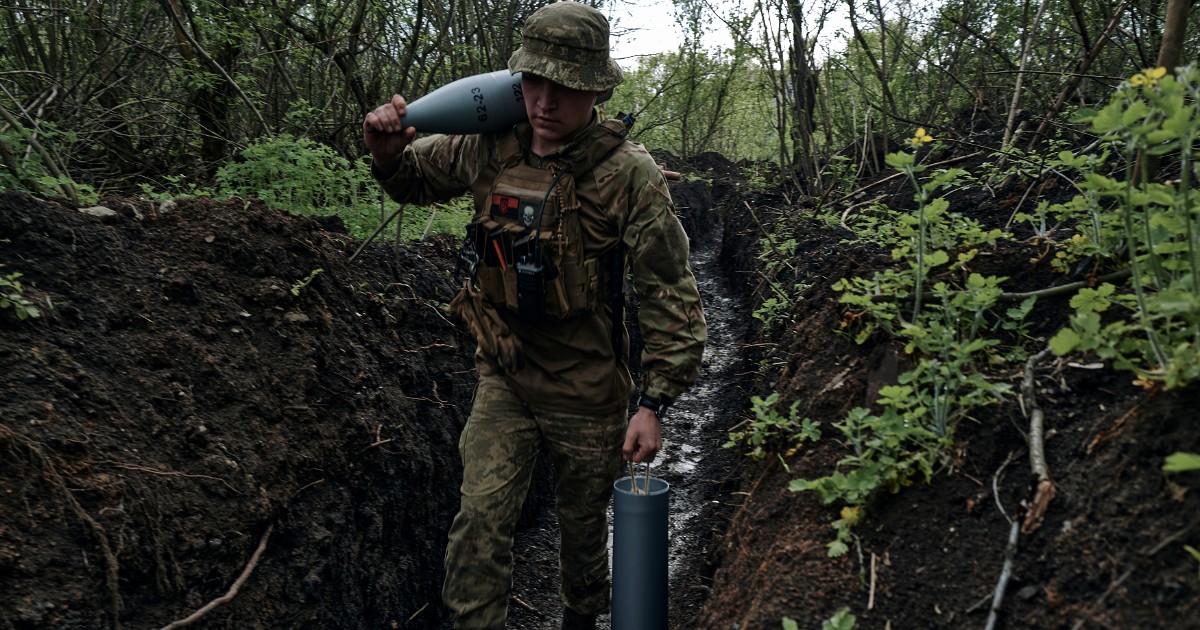Just a year ago, during an interview-interview, the general Ben Hodgesformer commander of the US Army in Europe, said: “War wears down the fighters and put it to the test will and the logistics of each party”. In short, the mathematical formula of the clash in Ukraine says that the resources available – and deemed expendable – are not a given of the system but the product of political will and logistics organization. From the beginning of the conflict there has been a tendency to consider armaments, equipment, means and men in a rigid way, as if only the colossal numbers (the Russian ones) counted, if compared with those of Ukraine or any other country. The story then went in another direction.
Suffice it to say that the estimates speak of 1,100 Russian missiles fired against Ukraine in the first ten days of the war, while now Moscow is forced to sip the missiles themselves, if it is true that in the recent attacks the Tu-95 eh Tu-160 they carried far fewer than their maximum load. So, if until last summer the Russian troops fired 20,000 artillery rounds per day e Wagner has come to use 80,000 shells every 24 hours – as the journalist noted Courtney Kubesuch numbers had not been seen since Korean War -, the modern god of war, which according to Stalin it’s artillery, finally got into a crisis, as both the Ukrainians and the head of Wagner Prigozhin they complain about the scarcity of bullets of any kind.
Of course, the superiority in numbers of the Russians did not fail – the US Secretary of Defense Lloyd J. Austin III recognized that Russia has a considerable number of planes in his inventory, which he doesn’t use much to contain losses, while the NATO military commander, the general Christopher Cavoliadmitted that Russia has a Marina almost intact and has, thanks to the mobilization, one greater number of troops at the beginning of the war. Added to this are the immense stocks of ammunition, almost all from the Soviet era, which allowed us to continue fighting – albeit with vintage means – even after the loss of territories as large as our North-West and the indecorous retreats in the autumn.
At the beginning of the war the disproportion between the number of Russian and Ukrainian pieces deployed on the front line it could go up to 10 to 1 in favor of the Federation: apparently overwhelming numbers, whose importance has decreased due to the systemic criticalities of Russian logistics. As well as devastating campaigns with missile systems HIMARS to destroy dozens of Russian ammunition and fuel depots, they hacked, in fact, the verticismthe corruptionthe disorganization and the slowness from the supply chain Russian, in addition to sanctions which effectively limit Moscow in the production of pieces composed of steel, microprocessors and other quality components. The Kremlin to continue the war must pull out of the hat tanks seventy years old which has full warehouses.
Mark Cancianauthor of a report of the Center for Strategic and International Studies, argues that, taking inventory of American “warehouses”, the situation is quite rosy: “Most of the items supplied to Ukraine came from areas with abundant inventories or production capacities”. The case of ammunition for small arms stands out: Washington it provided in about 2022 alone 108 million shells, but has a monstrous production capacity of 8.6 billion shells a year. Cancian argues that “for most weapons and ammunition, the United States they can provide support indefinitely“. The picture is less cheerful if one focuses on objects such as artillery shells. Until December 2022, some were sent to Kiev a million pieces: the trouble is that the United States produces just 28,000 a year. Yes, basically the Ukrainians received in 2022 the American production of 35 years. Realistically, the solution lies in increasing this internal production – but only in 2050 will we arrive at almost half a million pieces – as well as in finding other suppliers besides the USA. Not that Ukraine will eventually run out of the notorious 155mm ammunition: simply, the artillery units during the battles of recent months have sometimes had to “ration bullets and shoot only the highest priority targets.” A similar discourse concerns i Javelin: “Further transfers have been halted because stockpiles are at the point where the risk to other war plans, for example a conflict in the Korean peninsula here Baltic countries, it has become too high”. It may take more than 12 years to rebuild stocks.
It is no coincidence that the West and Russia are focusing heavily on expanding the list of their “suppliers”: from South Koreafor whose president “there will be no restrictions within the reach of support to defend and restore a country that has been illegally invaded”, at theIran that provides kamikaze drones to the Russians and helps them build them in their territory, up to North Korea who sells weapons to Wagner in exchange for food orEgypt e Israelunsuccessfully courted by Moscow and Kiev respectively.
Interesting is what was declared on May 1 by the Ukrainian Defense Minister, Oleksii Reznikov, according to whom “the ratio of available ammunition still does not favor Ukraine, Russian capabilities continue to be limited”. It is easy to conclude that he was referring to an effect of disastrous Russian logistics.
